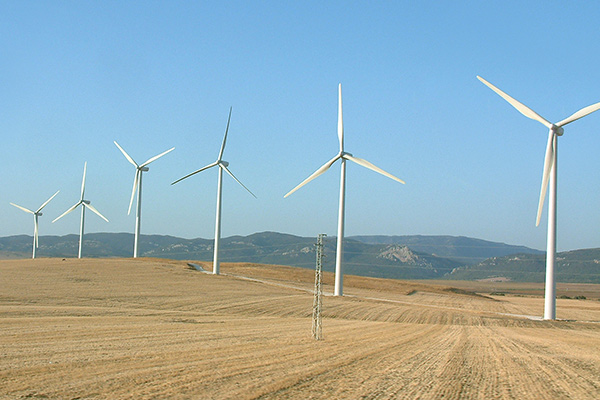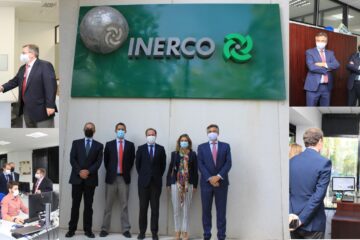Five recommendations for reducing industrial greenhouse gas (ghg) emissions

One of the main subjects addressed at the Paris Climate Change Summit (COP21) was the need to reduce atmospheric greenhouse gas (GHG) emissions to prevent the gradual warming of the Earth. CO2, CH4, N2O and fluorinated gases are some of the causes of the problem, for which reason technological innovation in this area focuses, on reducing and even eliminating these gases in various processes in industry, among other fields. But how can we respect the environment and take on this challenge in industry without becoming less competitive? INERCO proposes five major areas of action:
- Improving energy efficiency: The consumption of energy at each facility is typically one of the main sources of GHG emissions. Because of this, the first issue to be analysed in a process to reduce emissions is usually energy demand, and more specifically the consumption of fossil fuels.
In fact, improving energy efficiency within a plant’s battery limit is essential, making energy auditing of facilities and/or the installation of an energy efficiency management system the main tools for identifying potential improvement actions and quantifying the progress made.
- Use of renewable energy: There is great potential to reduce GHG emissions by replacing conventional energy with renewable sources. There are a diverse range of possibilities with renewable energy, depending on the energy requirements of the installation (electric or thermal energy) and the conditions of the setting where the activity takes place.
- Some of the most promising types of renewable energy in the industrial sector are:Biomass: Traditional thermal energy techniques, widely used in specific sectors such as agro-food, can be increased with new types of biomass associated to technological improvements in biomass collection and pre-treatment and innovative technologies such as biomass gasification or biomethanation, both of which allow the exploitation of plant matter that is of lower value or more difficult to handle.Electric: In addition to increasing the contribution of renewable energy to the generation system, another alternative is to cover part of the electricity demand through renewable self-generation, for example using photovoltaic solar generation or wind turbines.
Biofuels: Producing fuel using waste with high organic content, for example certain food industry waste or by-products, can contribute not only to reducing emissions in the transport sector but can also reduce the carbon footprint associated to managing these waste streams.
Geothermal: Although shallow-depth geothermal heat pumps are not currently widely used, there is great potential in deep geothermal sources, currently under development in Europe with EU projects such as ThermoDrill (Horizon 2020).
- Carbon footprint management: This is a highly useful tool for controlling emissions throughout the life cycle of products and services. The carbon footprint technique enables the evaluation of emissions linked to products and services purchased, making it possible for companies to optimise both their own efficiency and that of other participants in the supply chain.
- Optimising products and processes (Life Thinking approach. Ecodesign): Ecodesign integrates the concept of energy and resource efficiency into the beginning of any project: planning. In this way, it is possible to measure the impact of all products, especially in the critical stages of their useful life, allowing design improvements.
- Carbon capture: This is one final technology that can be implemented in intensive production facilities such as power stations. This solution, currently in the research and development phase, captures the CO2 produced by the combustion process, compresses it and transports it through pipelines for underground storage. Another field of research focuses on broadening the possibilities for exploiting the captured CO2, which can currently only be used in particular industries such as brewing, and in applications such as fire extinguishers.








No Comment